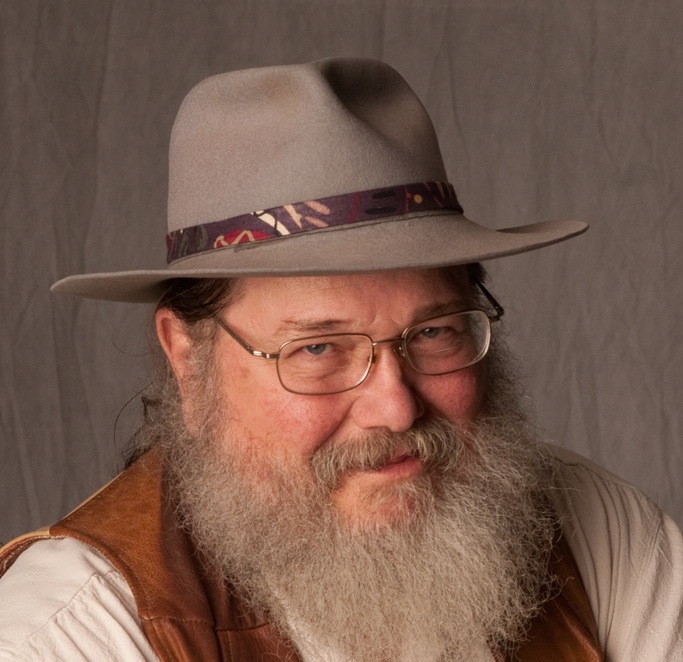A musician’s life is a shared life, sometimes with an audience but always with his instrument. Performers often develop an intimate love-hate relationship with their guitar—naming them after sweethearts and mythic champions—and sacrificing to be with them. In 1949 BB King was playing a dance hall in Twist, Arkansas. Two drunks got in a fight over a women and overturned an open barrel being used to heat the hall. BB fled the ensuing fire with the crowd. When he realized he had left his guitar inside he fought his way back through the flames to rescue his faithful companion. Later he heard that the woman who caused it all was named Lucille. He promptly named his guitar Lucille to remind himself not to “go crazy over a woman.”
In 1962 my brother Sam conceived a passion to possess a guitar. The Sears Roebuck catalog offered a beautiful sunburst Silvertone six string for 13 dollars. This was big money. There were few money making options for a kid in rural Texas at that time. You could only find so many pop bottles in the bar ditches and return them for a penny apiece. Haying season was past or he could have earned two cents per bale loading the 90-pound alfalfa bales on the trailer. But an opportunity awaited him. The native pecan trees that lined the creek banks had branches weighed down with small, rich nuts. At the general store, Mr. Terry would pay six cents a pound for the wild pecans. Sam gathered enough nuts to reach his 13 dollar goal.
Sam courted the new guitar with enthusiasm but something was wrong. He couldn’t make it respond like our older brothers’ guitars when they played Frankie and Johnny or Big Chief Buffalo Nickle. I would sneak the guitar out of the case when he was gone and pick out Tom Dooley and The Gypsy Rover. Sam finally accepted defeat and agreed to trade me the guitar. I pooled all my treasures including a wooden longbow, a Case pocket knife and several dozen marbles. The Silvertone was mine!
My next guitar came from my brother Jim. It was a Korean arch-top with more layers of lacquer than a low rider on Saturday night. I grumbled about the high action that made it difficult to play. I suppose I was an illustration of the old saying “It’s a poor workman who blames his tool.” This was brought home to me one day when a young evangelist with a hare lip pulled up in the yard in a turquoise Desoto. He cornered me and extracted my confession of Jesus’ divinity. Then he picked up my guitar and made it ring with a beautiful song about a mother’s love for her drunken son.
In the mid ’70s in Rapid City, S. D., I felt a strange compulsion to stop at a second hand furniture store just a block from my home. I spotted a new guitar case and opened it to find a brand new Gibson Heritage acoustic. As I inspected it I saw a crack in the back of the neck where it joined the headstock. “That’s not for sale. I just bought it at a yard sale for my husband.” I asked her if she knew it had a cracked neck and she looked at it in horror. “Would you give me what I paid for it? 75 dollars?”
I did and repaired the crack myself. Twenty years later I gave the guitar to my son Aaron who busked across the U.S. and Europe with it. It was stolen from his van one night in Flagstaff. Five years later he took his electric guitar to the repair shop and spotted the Heritage on the bench. It had been played hard. Guitar and owner were reunited.
I’ve owned only a couple of guitars through the years and built one from scratch. My current instrument came to me when a music buddy bought a new Alvarez Yari. He asked if I wanted to buy his 1973 Martin D-35. Does a bear defecate in the forest?
In the 20 years I’ve had this guitar, time and use have taken their toll. The dry desert air has caused cracks. I’ve dropped it on concrete and baptized it in beer. It’s had a fret job and a neck reset. And it just sounds better every day. I don’t think I’ll need another guitar in this life.

